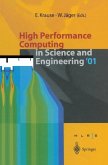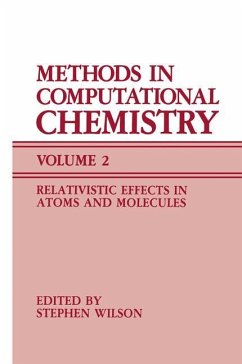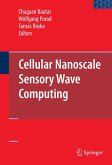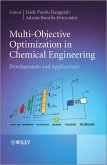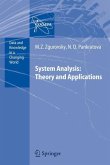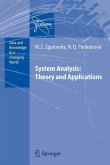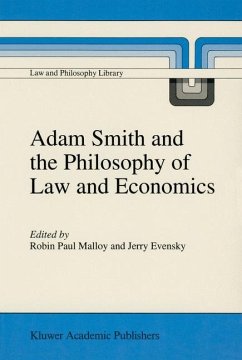Increasing emphasis on safety, productivity and quality control has provided an impetus to research on better methodologies for fault diagnosis, modeling, identification, control and optimization ofchemical process systems. One of the biggest challenges facing the research community is the processing of raw sensordata into meaningful information. Wavelet analysis is an emerging field of mathematics that has provided new tools and algorithms suited for the type of problems encountered in process monitoring and control. The concept emerged in the geophysical field as a result ofthe need for time-frequency analytical techniques. It has since been picked up by mathematicians and recognized as a unifying theory for many ofthe methodologies employed in the past in physics and signal processing. l Meyer states: "Wavelets are without doubt an exciting and intuitive concept. The concept brings with it a new way of thinking, which is absolutely essential and was entirely missing in previously existing algorithms. " The unification ofthe theory from these disciplines has led to applications of wavelet transforms in many areas ofscience and engineering including: pattern recognition signal analysis time-frequency decomposition process signal characterization and representation process system modeling and identification control system design, analysis and implementation numerical solution ofdifferential equations matrix manipulation About a year ago, in talking to various colleagues and co-workers, it became clear that a number of chemical engineers were fascinated with this new concept.
Bitte wählen Sie Ihr Anliegen aus.
Rechnungen
Retourenschein anfordern
Bestellstatus
Storno


